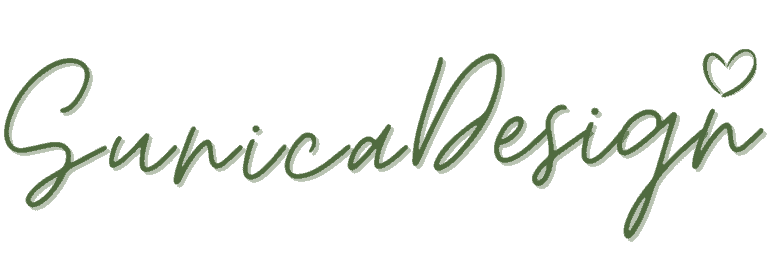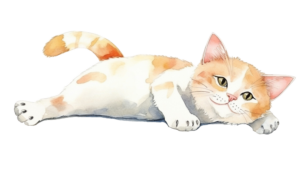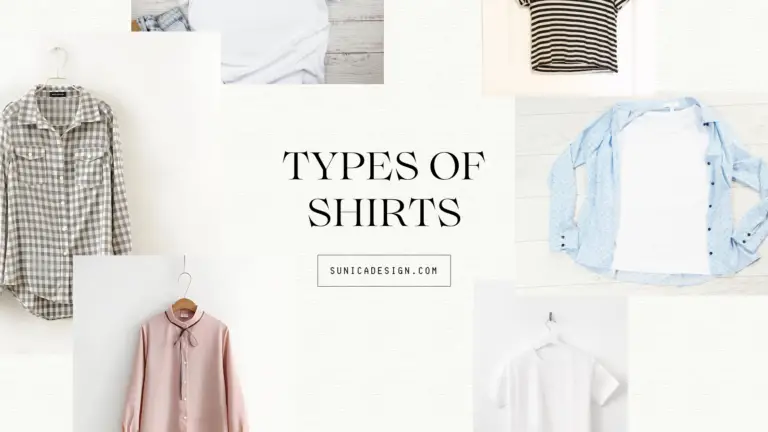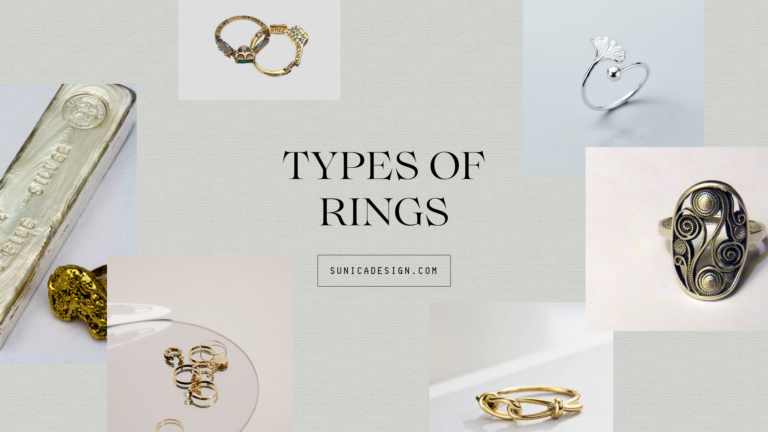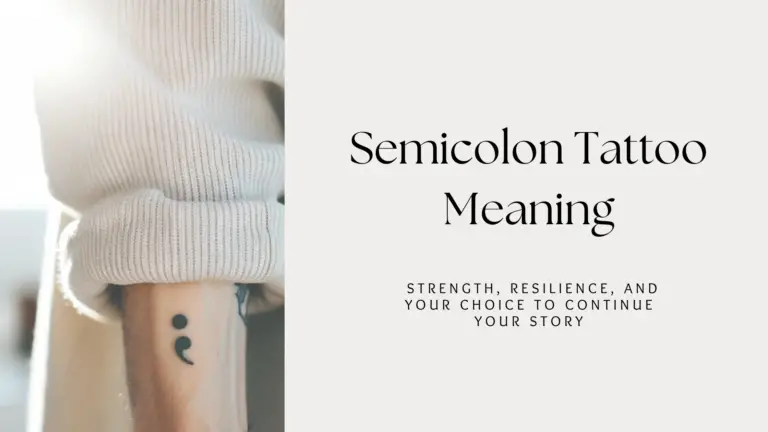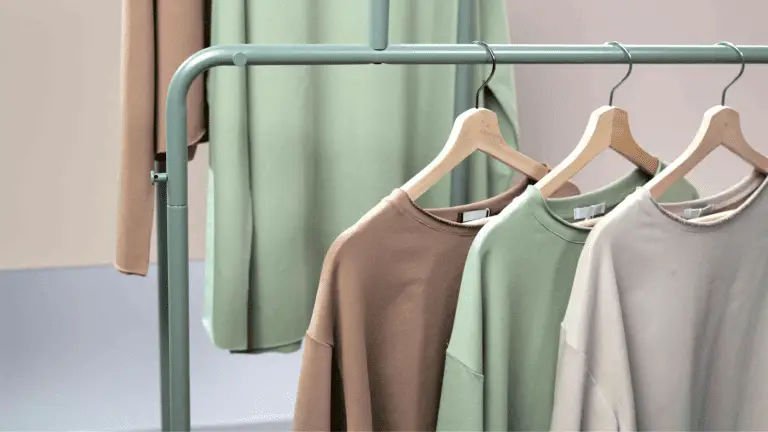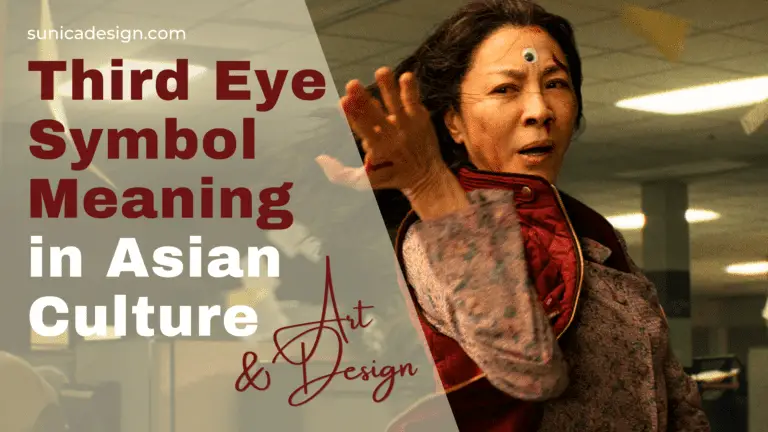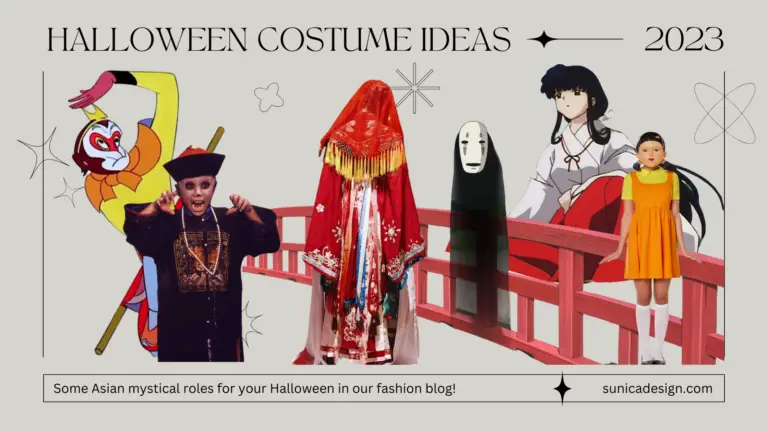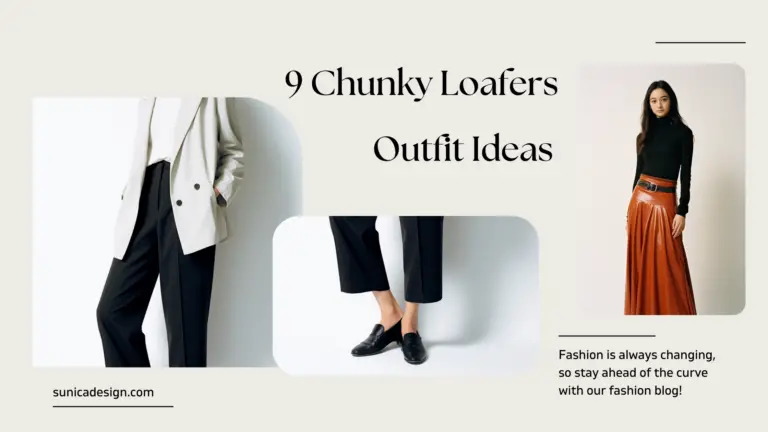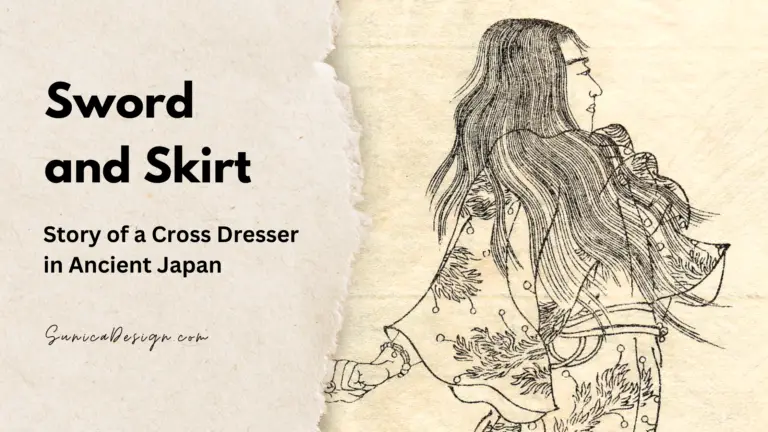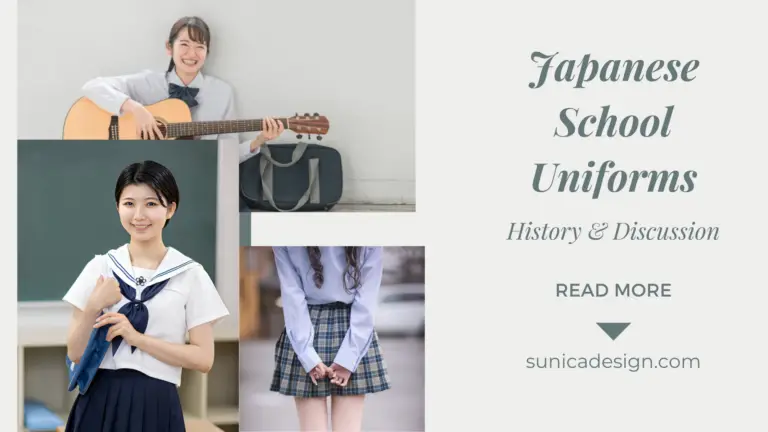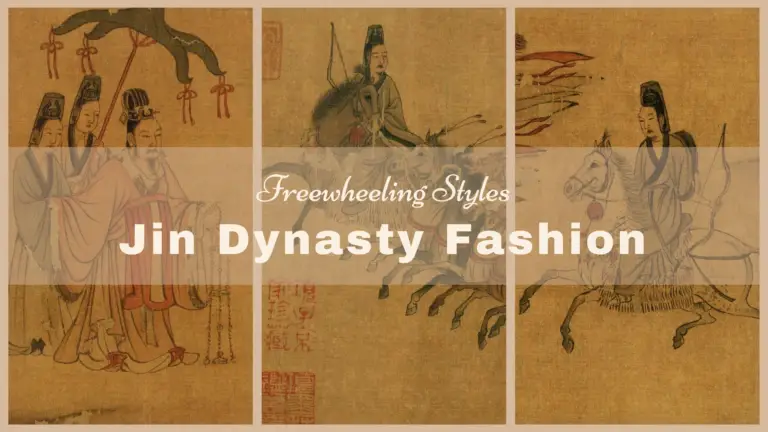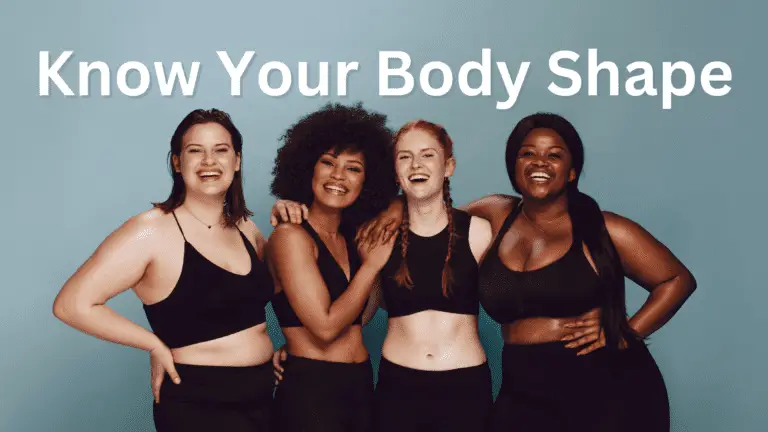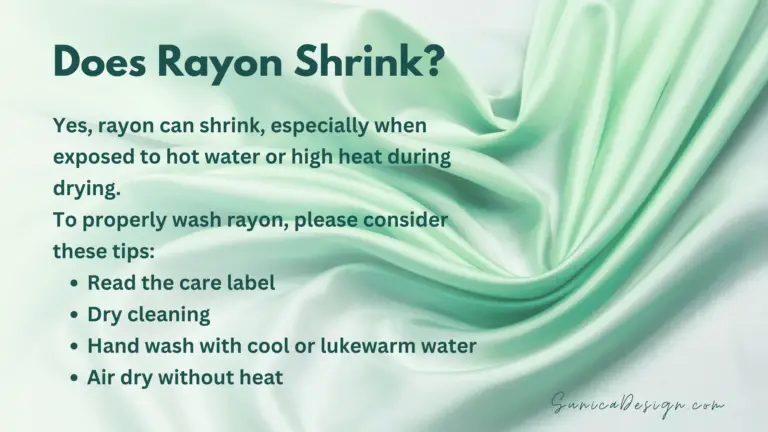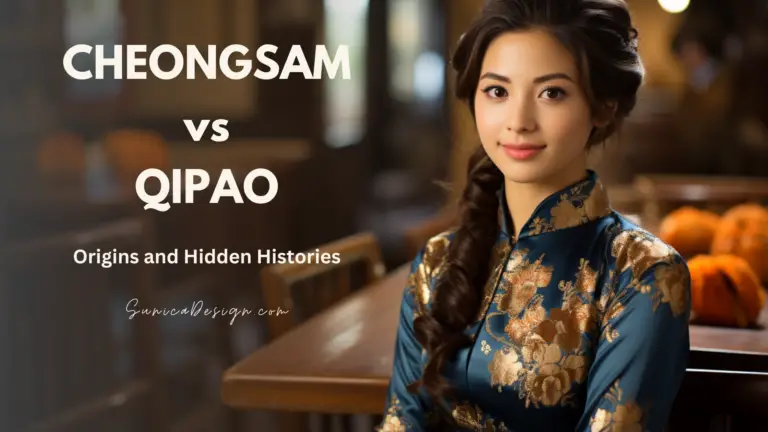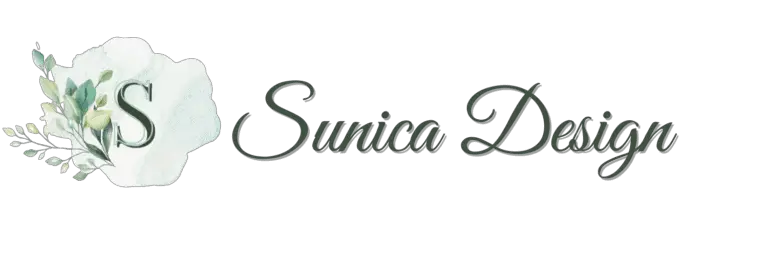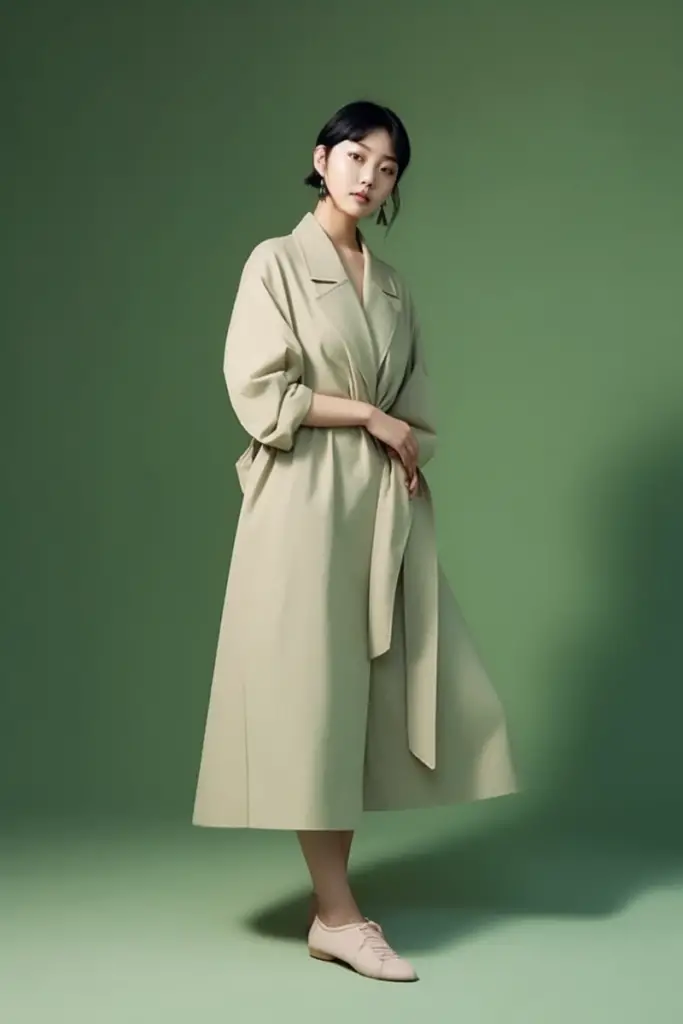Enshrined in the annals of Chinese folklore is an unprecedented beauty, a woman who could eclipse the moon and shame the flowers – Diaochan. Known for her enchanting allure and strategic acumen in the “Romance of the Three Kingdoms,” Diaochan’s story continues to fascinate Chinese culture lovers. But beyond her mesmerizing persona, have you ever wondered about the wardrobe of this legendary figure? What fabrics rustled as she moved gracefully? How did the fashion of her time reflect in the mirror of her dressing chamber?
Just as Diaochan’s beauty was more than skin deep, so was the rich tapestry of Eastern Han Dynasty fashion, deeply interwoven with culture, art, and an evolving civilization. This article will transport you back to that era of elegance, dissecting the trends of the time, and providing an imaginative glimpse into Diaochan’s wardrobe.
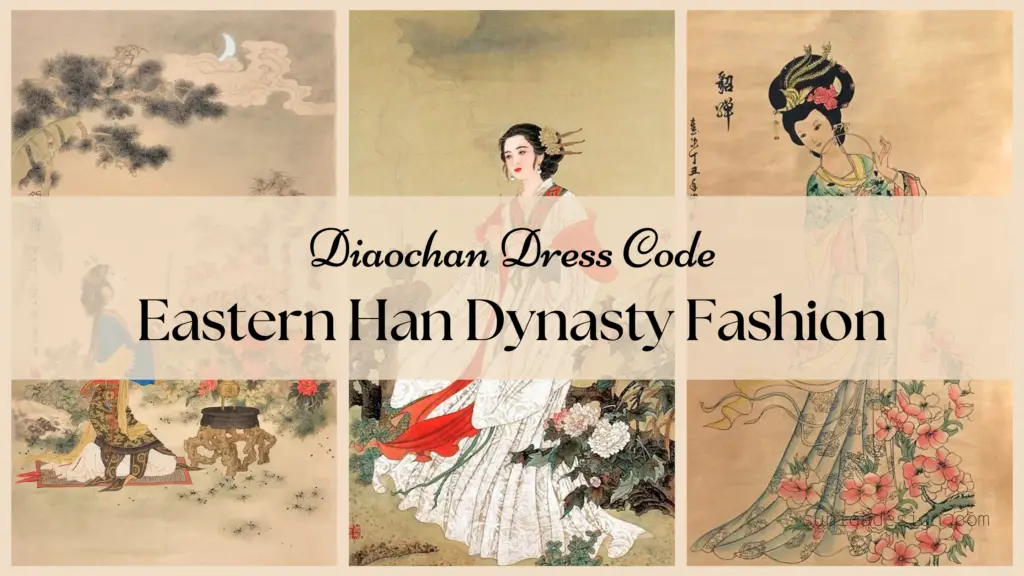
Who is Diaochan? Did She Exist?
The earliest references to Diaochan’s tale are found in historical texts like Chen Shou’s “Records of the Three Kingdoms” and Fan Ye’s “Book of the Later Han,” both focusing on the turbulent events surrounding the fall of Dong Zhuo, a powerful warlord. However, these records do not mention Diaochan by name, instead referencing an unnamed maid entangled in the dramatic events. The relationship between this maid and Lv Bu (another hero from that era who killed Dong Zhuo) leads many scholars to propose that Diaochan’s persona may have originated from these unnamed women.
So where did the name “Diaochan” come from? Why novelists gave this maid such a weird name?
The name “Diaochan” first appears in the book “Sanguozhi Pinghua,” an original version of dramas about the Three Kingdoms (different from the “Romance of the Three Kingdoms “). Here, Diaochan is presented as being initially married to Lv Bu. Her full name is Ren Hongchang, and Diaochan is her courtesy name.

However, researchers in the Yuan Dynasty had a different theory. According to the “Book of Later Han,” high-ranking military officials often decorated their hats with sable (diāo in Chinese pronunciation) tails and golden cicadas (chán in Chinese pronunciation) to symbolize their status. Such a hat was called a “Diaochan Crown.” Yuan Dynasty dramas “Duo Ji” and “Jin Yun Tang Mei Nv Lian Huan Ji” provided an explanation that Diaochan was a palace official responsible for managing these Diaochan Crowns. Therefore, the name “Diaochan” might reflect this maid’s job.
The Eastern Han Dynasty Clothing
After getting the basic background of Diaochan, let’s open her wardrobe and see what Diaochan might be wearing during the dramatic Three Kingdoms story. The story of Three Kingdoms started in the late Eastern Han dynasty. During the Eastern Han dynasty, spanning from 25 CE to 220 CE, there were mainly seven types of clothes: 帻 zé, 巾 jīn, 袍 páo, 襜褕 chān yú, 襦 rú, 裙 qún, and 袴 kù. The first three are often for men, so let’s talk about the last four that Diaochan may wear.
襜褕 chān yú
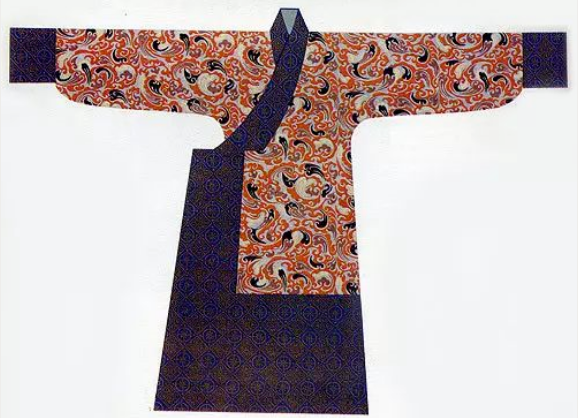
The Chanyu, similar to a robe, was a common form of dress for both men and women during the Eastern Han dynasty. It offered a more voluminous and longer alternative. This unisex garment, as shown in illustrations, typically featured a straight hem at the lower part.
襦 rú
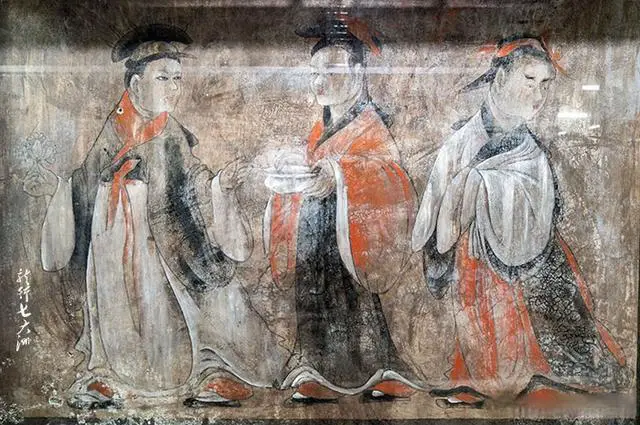
The Ru was an upper garment during the Han dynasty, shorter than a robe and typically not extending past the knee. By the Eastern Han period, the Ru was predominantly worn by women, often as an outer layer. Sometimes, the male laborers would also wear Ru to move quickly and conveniently.
裙 qún
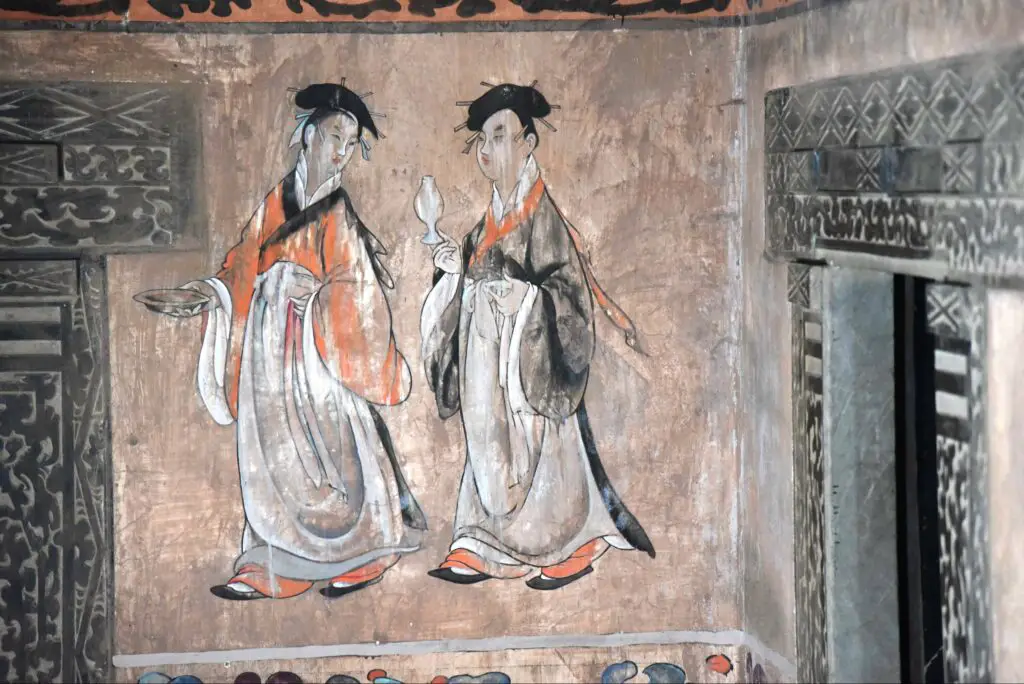
The skirt, Qun, was a staple part of a woman’s attire in the Eastern Han dynasty. During the years of Emperor Xian’s reign, as recorded in the “Continued Book of Han,” there was a popular trend among women for long skirts with a notably shorter upper Ru. This record reveals that women’s standard attire usually involved coordinating a Qun with an upper Ru.
袴 kù
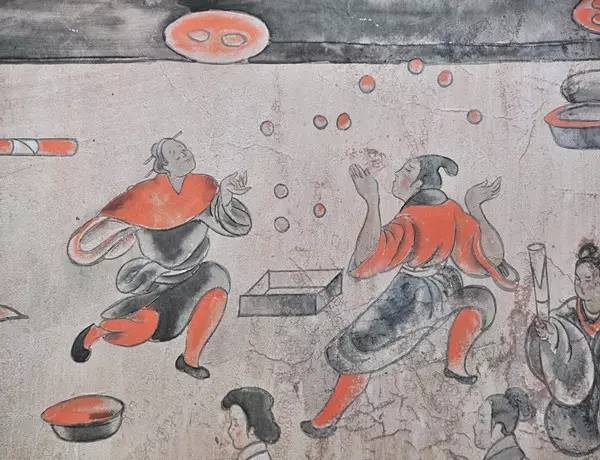
The Ku was a form of trousers worn by people during the Eastern Han dynasty. There were two main varieties of Ku: one that separated the legs (not sewn together at the crotch) and one that was sewn together. The separated style was typically worn under robes, Ru, or skirts, covering the lower leg. When people wore a shorter upper garment, they would often pair it with a sewn-together style of trousers.
Given the traditional attire options available during the period, we can now guess what Diaochan might be wearing in her era.
Firstly, Diaochan might adorn in a Chanyu, a popular choice for both genders during the Eastern Han era. To complete the look, she might have paired the robe with the Ku, trousers available in two versions.
Alternatively, Diaochan might have favored the combination of a Ru, a shorter upper garment, and a Qun, a long skirt. This combination was very popular during that time period and created a visually appealing contrast and balanced silhouette. The ensemble may also be complete with a pair of Ku worn beneath for practicality.
The Eastern Han Dynasty Hairstyles
Alright, after getting the overall image of Diaochan’s clothing, how about her hairstyle? Well, the Eastern Han Dynasty was a time of relative prosperity and societal liberalization, providing an ample stage for diverse hairstyles.
In the Eastern Han Dynasty, top knots were favored by concubines and noblewomen. It’s a strictly defined style but a broad category. To prevent monotony and express individuality, noblewomen of the Eastern Han Dynasty came up with a multitude of designs. For example, Empress Ma, wife of Emperor Ming of Han, was known for her beautiful hair and her iconic “Four-up Big Topknots.” Even after creating one top knot, her hair was still abundant enough to be coiled into three additional circles around it.
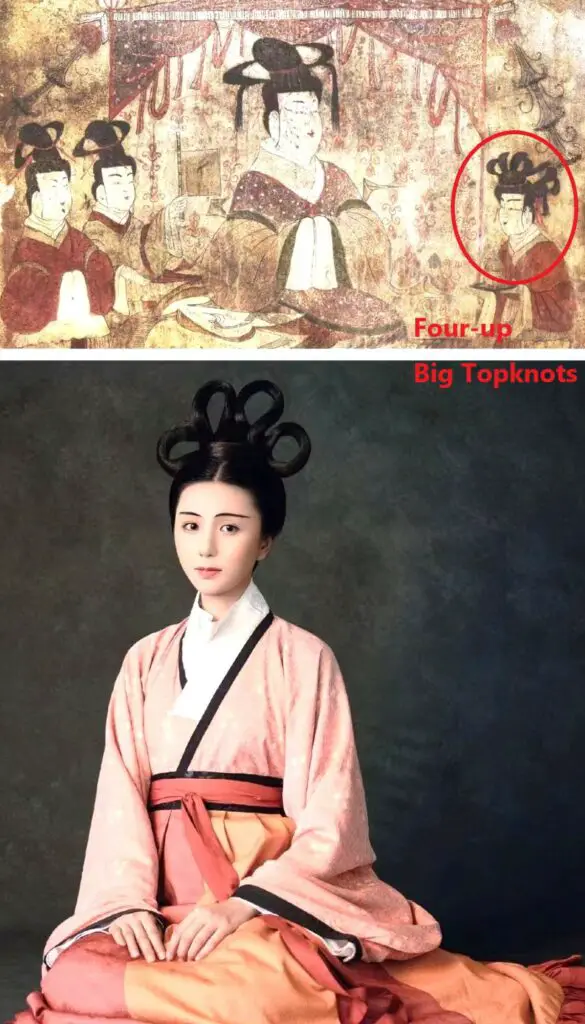
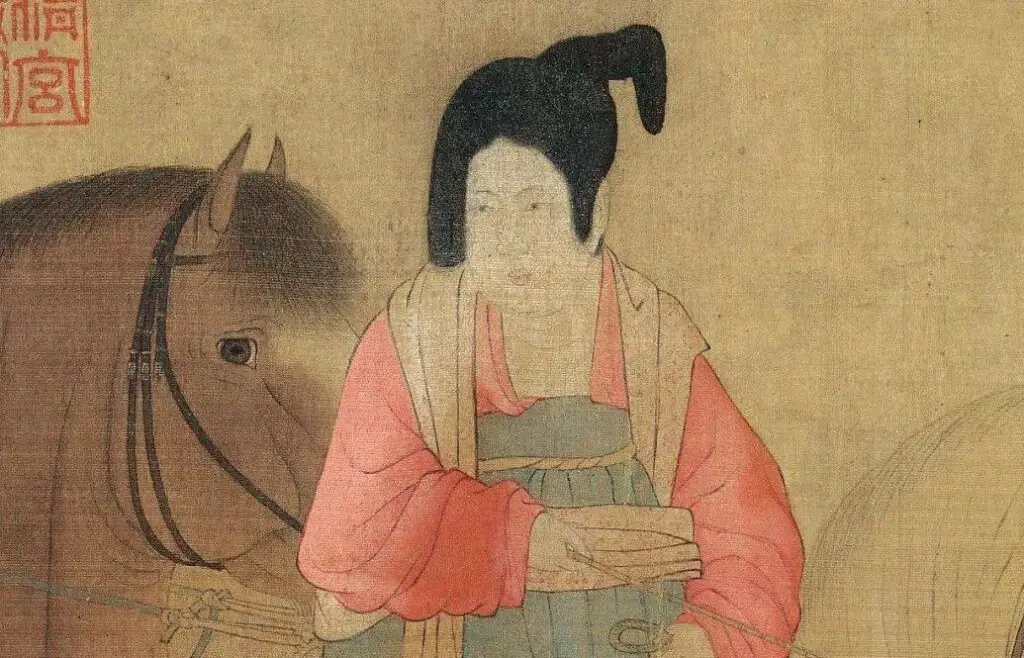
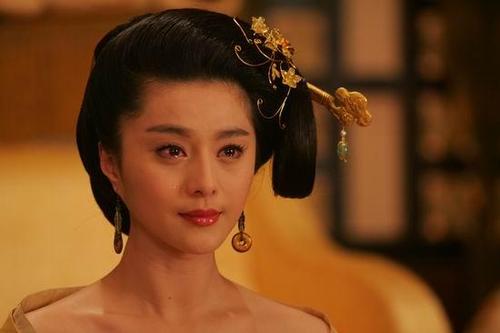
Inspired by various hairstyle creations, Eastern Han women’s hair accessories became more distinctive and luxurious. Murals from the Han tombs at Dahuting depict women wearing high topknots adorned with several hairpins, some even wearing forehead bands, engaging in joyous conversation during banquets.
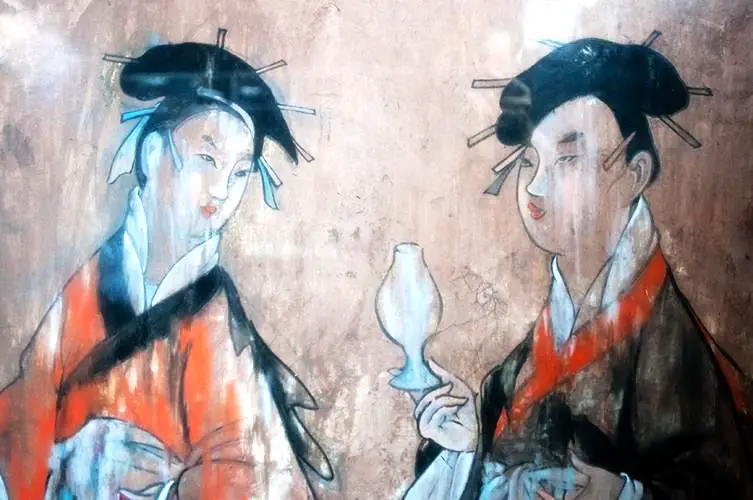
Living in such a vibrant era, Diaochan had so many styles to choose from. Lucky girl!
Final Words
As we close the curtain on our deep dive into the rich tapestry of Han Dynasty fashion, do you get a new impression of the famous beauty Diaochan? Finally, let’s enjoy a little Diaochan’s dance in a Kawaii-version of “Romance of the Three Kingdoms.”
Remember, fashion is an ever-evolving language, communicating social nuances, individual personalities, and historical contexts. Just like Diaochan and her Han Dynasty contemporaries, may your personal style narrate your own unique tale!
If you want to learn more about Chinese traditional fashion, welcome to our “Chinese Dress” channel. Feel free to leave a comment if you have any questions or ideas~ We are always here to exchange brilliant thoughts!

